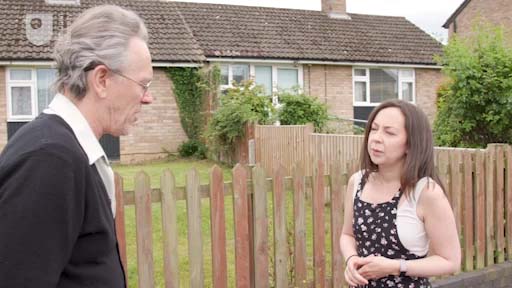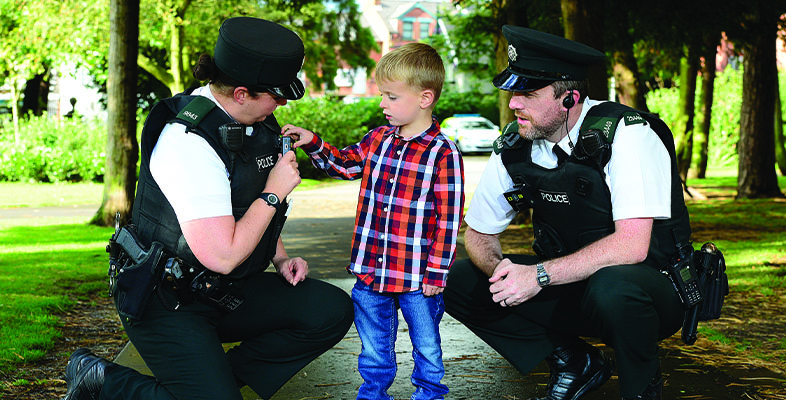4.1 Avoiding maladaptive behaviour
Research by Alison et al. (2013) has shown that any movement of an interviewer onto the maladaptive wheel reduces the amount of useful information (also known as the yield) obtained from their conversational partner. In fact, the most important aspect of building rapport is the complete avoidance of maladaptive circle behaviours.
If the person you are interacting with is on the maladaptive wheel, it is quite natural to want to respond with maladaptive behaviours yourself, and your conversational partner might therefore ‘pull’ or ‘push’ you into an area where you may feel very tempted to respond with maladaptive behaviour.
So, given that you know that maladaptive behaviour should be avoided at all costs, how can you achieve this? If you can identify what you are at risk of doing – i.e. what section of the maladaptive wheel you might fall into – but then instead deploy a variant of the same position on the adaptive wheel, then you will be responding adaptively. This idea will be further explained in the examples in the next activity.
Activity 6 Responding to the male neighbour
In the following videos, you will see the same neighbours you saw previously but this time the female neighbour is responding. From your observations, would you say that her handling of him is adaptive or maladaptive in the two clips?

Transcript: Video 6 Responding to the neighbour I

Transcript: Video 7 Responding to the neighbour II
Discussion
The behaviour of the female neighbour in Video 6 is likely to develop rapport with the male neighbour, whereas in Video 7 her behaviour is not likely to develop rapport.
